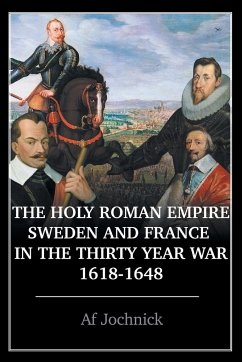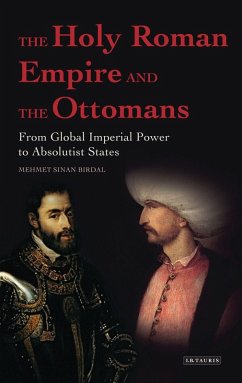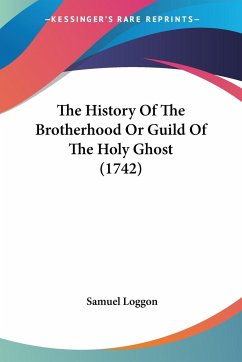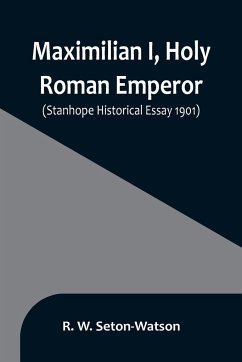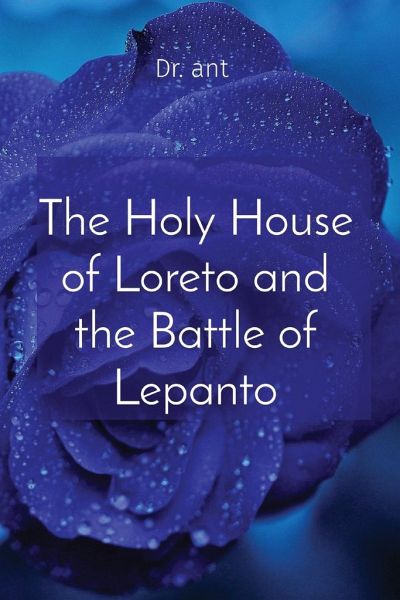
The Holy House of Loreto and the Battle of Lepanto
Versandkostenfrei!
Versandfertig in 1-2 Wochen
14,99 €
inkl. MwSt.

PAYBACK Punkte
7 °P sammeln!
Introduction The annals of history are etched with moments that define the rise and fall of empires, the surge of faith, and the essence of human valor. Among these, the events that intersect faith and conflict stand as critical turning points, shaping destinies of civilizations and religious beliefs alike. The saga of the Holy House of Loreto, the devout recitation of the Holy Rosary, and the epic Battle of Lepanto form a triad of such transformative occurrences. United by belief and galvanized by the fervor of Divine intervention, these narratives resound not merely in the pages of history b...
Introduction The annals of history are etched with moments that define the rise and fall of empires, the surge of faith, and the essence of human valor. Among these, the events that intersect faith and conflict stand as critical turning points, shaping destinies of civilizations and religious beliefs alike. The saga of the Holy House of Loreto, the devout recitation of the Holy Rosary, and the epic Battle of Lepanto form a triad of such transformative occurrences. United by belief and galvanized by the fervor of Divine intervention, these narratives resound not merely in the pages of history but echo profoundly in the heart of Roman Catholic thought and European geopolitics. In attempting to unravel the significance of these intertwined narratives, it's incumbent upon us to exercise a multi-faceted approach. The history and lore surrounding the Holy House of Loreto are saturated with both legend and documented fact, a confluence that's no less sacred to the devout than it is perplexing to historians. Consistently, we find that the edifice's terrestrial journey from Nazareth to its present sanctuary in Loreto, Italy, is cloaked in the mystery of Divine will. This journey defies the mere mechanics of relocation and touches upon the miraculous interventions attributed to Divine providence. Equally integral to our exploration is the veneration of the Holy Rosary. When examining its origins and ascendency as a spiritual shield, the Rosary's role transcends mere piety. It's a beacon of unity and hope, rallying the faithful across continents and centuries. The Rosary becomes especially pivotal when placed within the context of the Battle of Lepanto. Pope St. Pius V's invocation of the Rosary as a powerhouse of spiritual warfare, and its adoption by the forces aligned against the Ottoman Empire, imbue the battle with an aura of sanctity. Amidst the convergence of these elements is the Battle of Lepanto itself-an epic confrontation that was as much a clash of cultures as it was a decisive military engagement. In an era where the Ottoman Empire's expansionist agenda posed a formidable threat to Christendom, Lepanto was nothing short of a watershed. Here, not only did European naval prowess and alliance-building play critical roles, but the deep-seated faith of those involved redefined the battle as a Crusade under the auspices of Divine favor. The significance of Lepanto isn't confined to the immediate aftermath; its repercussions were felt across centuries, altering the course of naval warfare and recalibrating the political landscape of Europe. The intricate dance of strategies, alliances, and leadership that characterized the Holy League's approach to the battle underscores a level of sophistication in military thought that reflected the broader Renaissance ideals of the time.







